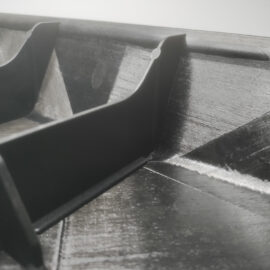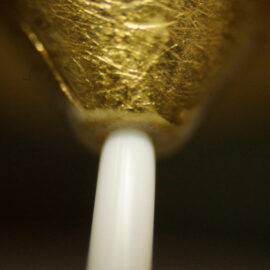
3D-Printing
3D printing is a promising technology of the future that is leading to a paradigm shift in industrial component manufacturing and material selection, with the aim of making components more personalised, more efficient and more environmentally friendly. The layered structure decouples component- and process-complexity leading to new possibilities in manufacturing. The TCKT is researching in various projects in the field of process and material development in order to sustainably improve production, taking into account the specific rheological properties, and to save not only resources but also weight with less material consumption.surface4motion
Due to the steady increase in passengers’ number in recent years, the demands on the durability of surfaces in the interior of the means of transport ate increasing in order to fulfil high aesthetic demands as a basis for travelling comfort, even with extended maintenance intervals. Simple "interchangeability" of only the highly stressed surfaces in passenger transport vehicles is still lacking. Non-durable, easily removable polymer adhesive films for commercial advertising surfaces are only used on highly visible surfaces that are not or hardly ever in contact with hands or bodies. The main objective of surface4motion is therefore to develop innovative, interchangeable, functional surfaces (i.e. functionalised polymer films) for reversible application on bio-based polymers approved for use in rail vehicles and aircraft using innovative hybrid manufacturing (combination of 3D printing and organic semi-finished products).





